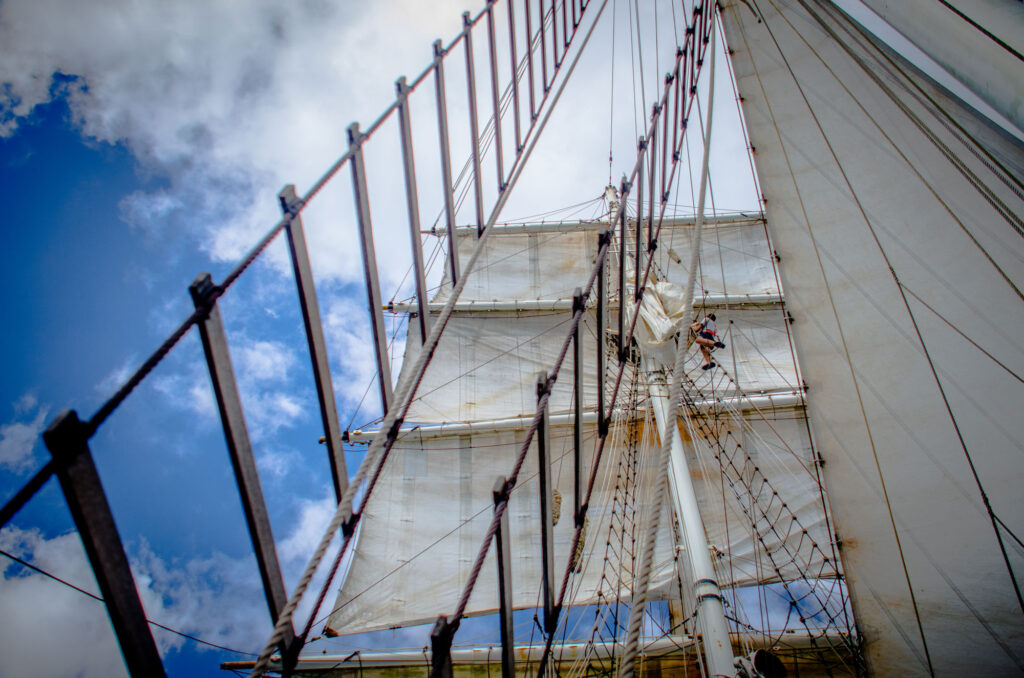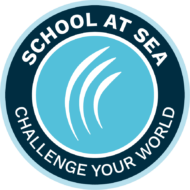Sustainability in all things
It is impossible to sail the oceans and not care about our planet and all living things. Sustainability is an important factor in the School at Sea-programme. You and our sustainability journey starts long before departure and does not end once you go back home.
Make a difference
A more sustainable way of life start with changing your own behaviour. That applies to School at Sea as well. Our ship and crew follow the standards from the International Convention for the Prevention of Pollution from Ships (MARPOL 73/78). Waste management rules become stricter every year and of course we comply with these rules. Not just because they are rules, but because marine pollution is a big threat to our oceans and we want to do our part. For example, you are not allowed to throw anything overboard, not even used tea bags. Only completely biodegradable waste may be dumped, and only at more 12 nautical miles from land. All other waste is cleaned and processed on board, in order to make it as compact as possible. We keep our trash with us until we reach our next destination.
That’s not all; we do a lot more to make the environmental impact of the journey as low as possible. We encourage our participants to organise spontaneous activities to help the environment.
Years ago, one group of School at Sea participants spontaneously started a beach clean-up on an island in the San Blas. At the end of a two day survival (leaving nothing behind themselves) they collected ten more bags of trash. This was mostly plastic that had washed ashore from the mainland or other Caribbean countries. These days those clean-ups have become a returning activity during School at Sea. We clean beaches as often as we can to contribute a little bit to improving the environment. Did you know you can do a beach clean up at home as well? Check out Love. Not Waste for inspiration.
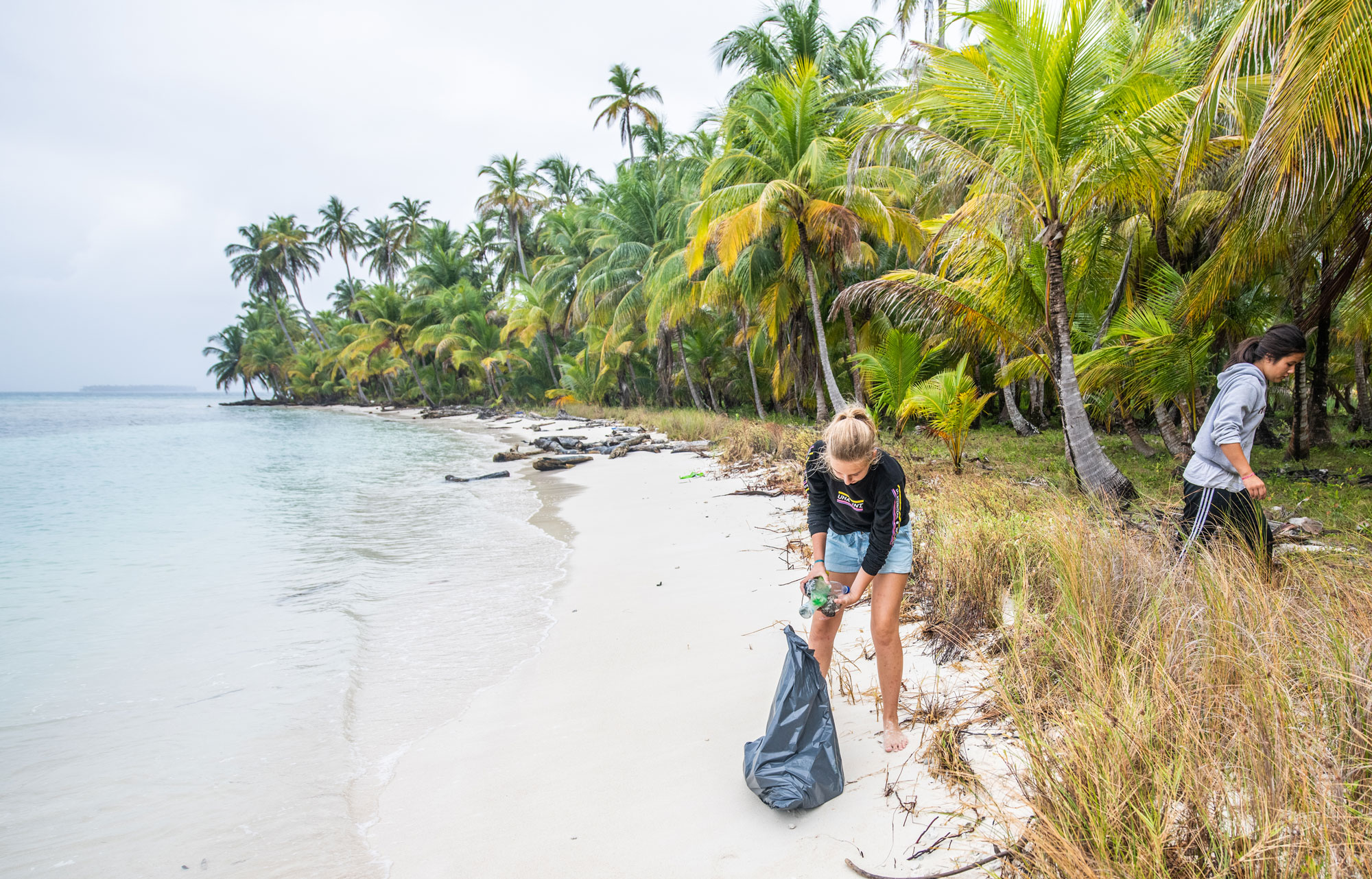

Plastic pollution
On the ocean and at various destinations, School at Sea students can see the effects of plastic pollution. Plastic waste from Panama floats downriver into the Caribbean Sea and then washes ashore on the idyllic San Blas islands. Fish we catch at sea often have small pieces of plastic in their stomachs. These are unfortunately only a few of the many examples we see along the way.
School at Sea students participate in varous citizen science project about plastic pollution, like the Ocean Cleanup andthe Ocean Movement. Using the Ocean Cleanup Survey app or form they will register plastic pollution at sea to map out the effects of currents and weather. The ocean is huge, so first you need to know where the problem is exactly, before being able to start to fix it. The Ocean Movement developed a high speed (AVANI) trawl for School at Sea. This allows us to also investigate microplastics during sailing.
This way, we create awareness about plastic pollution and contribute to ongoing research projects.
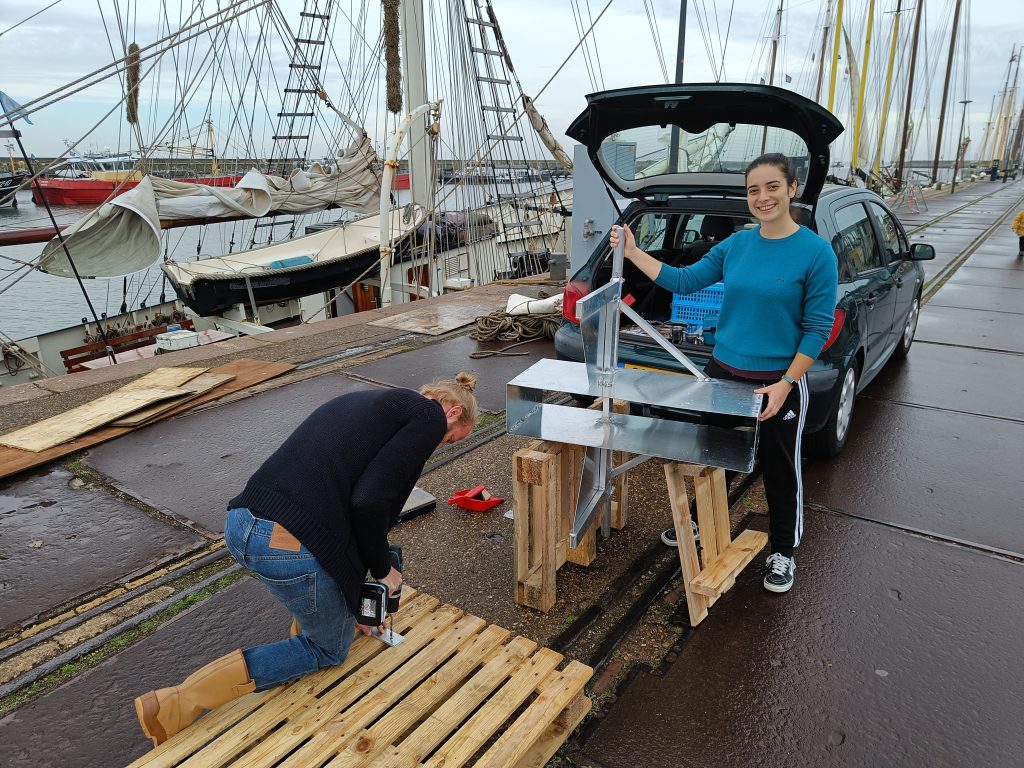
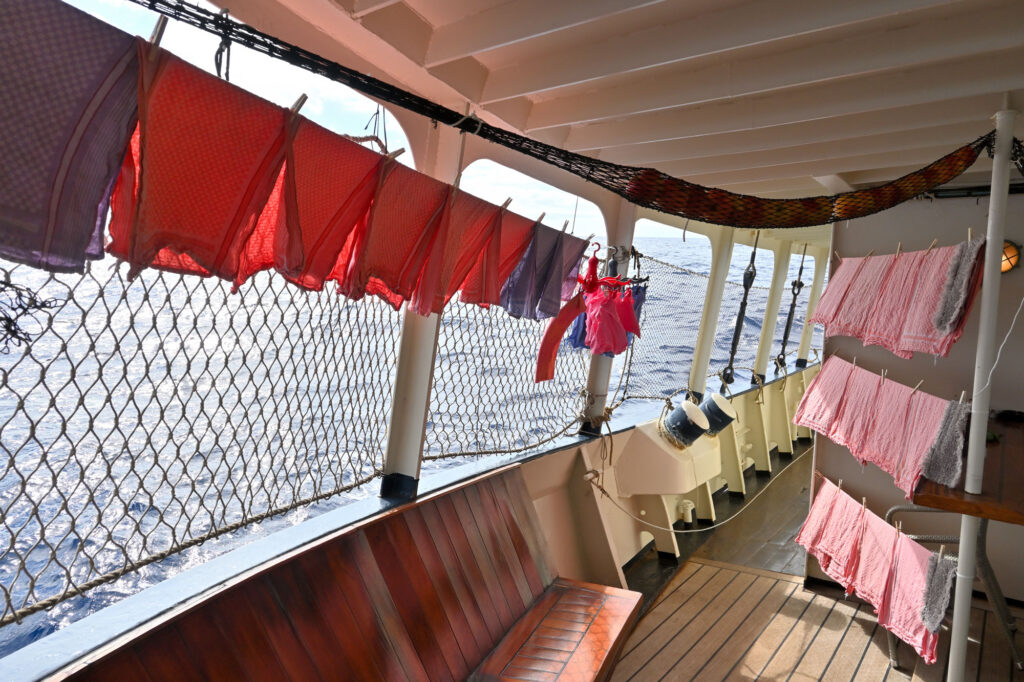
Packing list
We expect School at Sea participants to make smart choices. This starts with your packing list. On board there is not a lot of room and you will travel to warm countries. What will you bring? What is essential and what can you leave at home?
On our packing list, we make a few suggestions in order to raise awareness about plastic usage. For example, we ask you to bring as few synthetic clothing items as possible. This is an easy way to prevent microplastics from getting in the ocean when doing laundry. And it’s something you can do before even stepping on board! We are also looking into options for installing microplastic filters on board, so that our waste water is filtered before being pumped into the ocean.
And if you want to take it a step further: check out Beat the MicroBead before buying anything. If a product has their label, you can be sure it doesn’t contribute to the platstic waste in the ocean or the world.
The value of water
At sea, potable water is a precious resource. Almost immediately, you realise the value of water. We make our own drinkable water, but that requires energy. We use a machine that applied reverse osmosis (and that provides a nice link to various subjects in biology and physics…) The water maker provides our water for showering, cooking, doing laundry and most importantly: drinking!
Saving water will become a second nature. And rest assured: showering for only a few minutes every two or three days is as difficuly as it sounds. You can take our word for it.
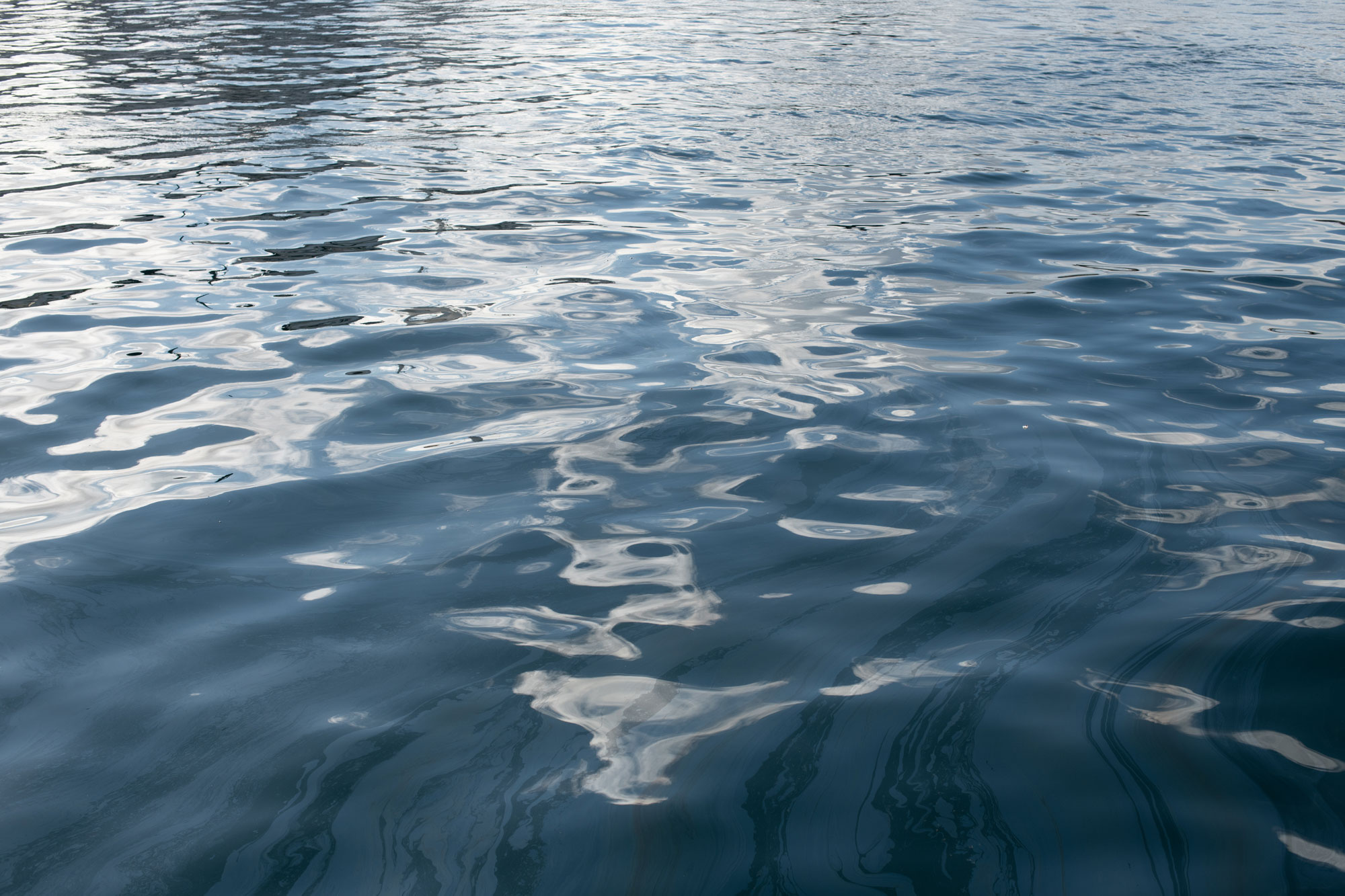
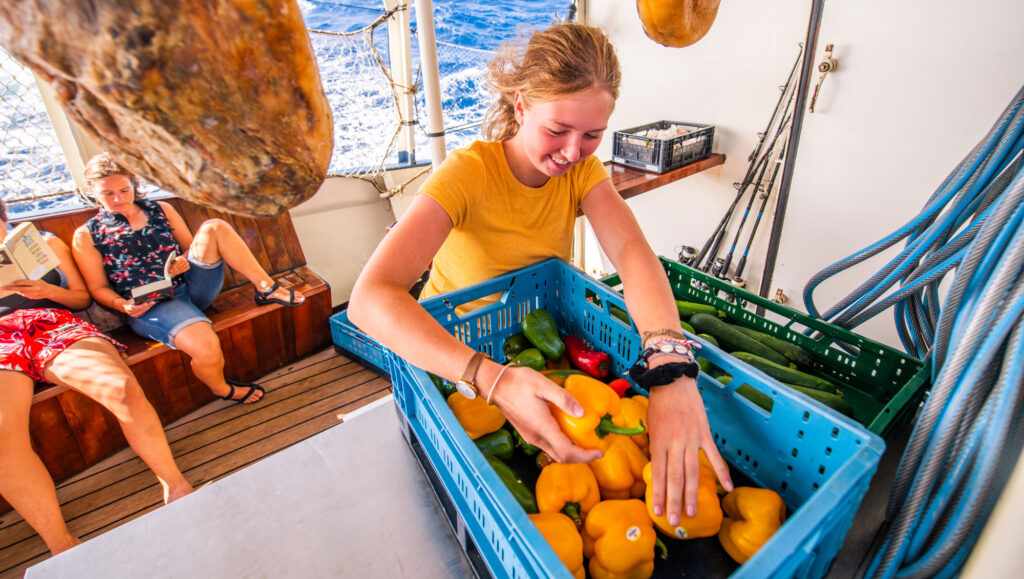
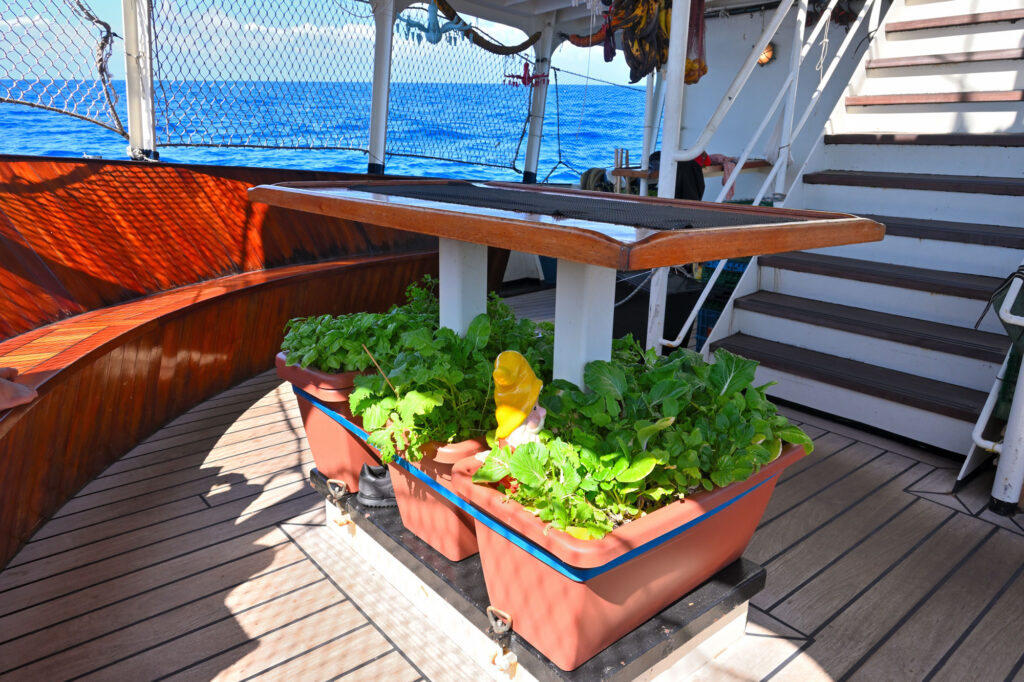
Doing groceries and cooking meals
Sustainability is an important factor in doing our groceries. We want to order in bulk, because that provides less waste. But unfortunately, that also means we sometimes have to buy from large stores instead of from local, more ecofriendly establishments. Flour, one of the biggest purchases when looking at the sheer volume, is bought directly from a miller in paper bags. The wheat is milled using the same wind energy that pulls the ship forward!
Especially at destinations, we buy most of our fresh fruit and vegetables at local markets. We leave the Netherlands with fresh apples and pears from Dutch farmers, and along the way we eat whatever the countries we visit are able to grow. . Sometimes, that means eating a lot of grapefruits, pineapples or papayas.
We don’t eat meat in every meal. Before leaving the Netherlands, we purchase one pig and one cow from ecofriendly farmers to be sure that the animals have had a relatively nice life. Every edible part of these animals is stuffed into our freezers and they provide us with meat for the entire journey. When it’s gone, it’s gone – but it always lasts because half our meals are vegetarian.
Wasting food on board is not an option. At sea, there are no supermarkets where you can buy fresh(er) product. Fruits and vegetables are always used, even if small parts of it have started to rot. They are removed and the rest of the produce is put into a nice meal. Meat is never thrown out. We use and reuse a lot of meat, providing teaching moments for our students with regards to using leftovers in good ways.
Leftovers are used as much as possible. Leftover oat meal is transformed into a cookie and served as a snack around 4 o’clock; leftovers from the night before are served at lunch as a side dish. Galley creativity at its best!
Using the engine as little as possible
Our route is based on historical trade routes, using the trade winds to cross the Atlantic Ocean. We use our engine to sail into and out of ports and when it is necessary for our safety, but we strive to use it as little as possible. Our route is planned accordingly.
Sailing towards the Caribbean, we first sail south. After the Canary Islands, we finally find the trade winds that will help us cross the Atlantic Ocean. They might push us as far south as Cabo Verde allowing us to visit there, but it’s also possible we cross the Atlantic from Tenerife to Dominica. On the way back, when winds are more tricky, we visit Cuba, Bermuda and the Azores. Parts of the journey will require close hauled sailing, but we will never sail directly into the wind. These historical trade routes, the weather systems and much more are further discussed during watch, sail training and School at Sea-projects.
